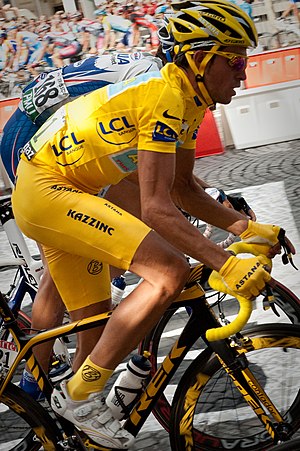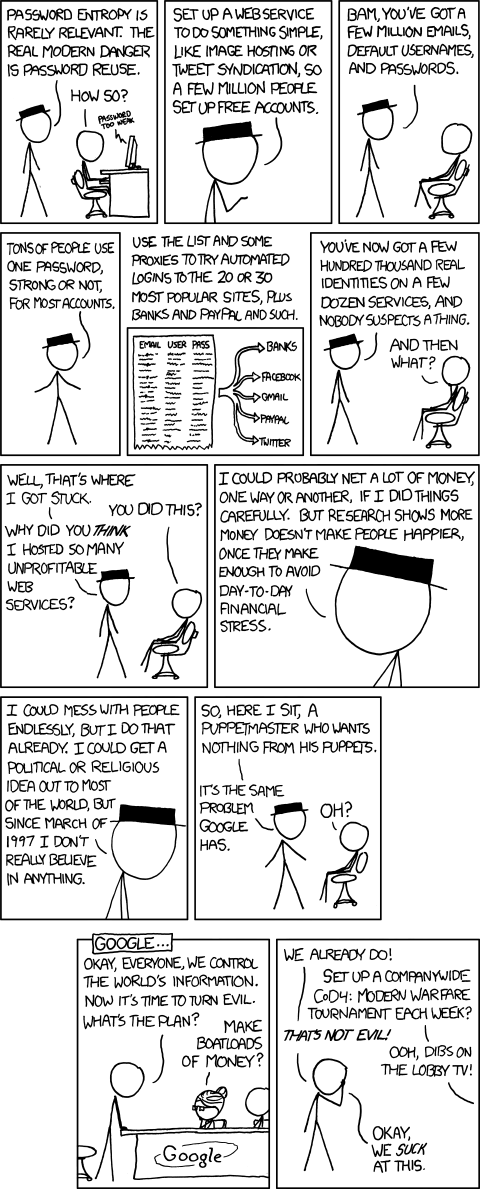I'm too ill to be trailing into London today for the Science is Vital rally. But I wish them well, and hope the Government will pay some attention, or we risk destroying our research establishment for decades to come.Sign the petition here.

I'd been pondering the discovery of plasticiser in Alberto Contador's doping control sample, when I came across an excellent overview at the VeloNews site (The Explainer: Plastics - VeloNews). It's well worth reading to put the latest accusation in perspective.It would not seem to be an open and shut case.And furthermore, the issue of the sensitivity of testing lab procedures really needs to be addressed. If WADA-accreditation requires a particular detection limit for clenbuterol, than that needs to be the limit for consideration as a positive test result. Otherwise dope-testing becomes a lottery where some riders escape sanction because their samples were sent to a laboratory with less sensitive equipment.
Velonews reports more on Contador's "doping violation" (Former French doping chief says there have been rumors about Contador since July, quoting Pierre Bordry (former head of the French anti-doping agency AFLD) as saying rumours had been flying since July. Interestingly, he says of the small concentration detected (40 times less than a lab is required to be able to detetc - not 400 times, as widely reported) that
“It doesn’t matter how small the quantity is. Clenbuterol is on the banned list,” Bordry told RTL radio. “Contador can do what he wants to make a defense, if it had entered his system one way or another, but he cannot avoid that it is a banned substance.”That's all fine and dandy, but raises the possibility that an athlete's guilt or innocence might depend on which testing lab his/her samples go to and how far below the reuired sensitivity thay are able to take the detection.Hardly seems fair to me.In the meantime, accusations have been flying that Contador had taken an autologous blood transfusion on the rest day: Contador has flatly rejected those accusations (Alberto Contador denies receiving blood transfusions).
It's been a while since I noted any news about Phorm, the outfit that hawked a system for illicit DPI snooping in internet traffic. The Register today reports that the EU is to sue the UK over its failure to take action (EU sues UK.gov over Phorm trials).Not before time.
Contador was notified of the finding on 24 August, his spokesman said yesterday. A statement from cycling's governing body, the International Cycling Union, issued this morning said that the concentration of clenbuterol found in Contador's urine was 50 picograms*, 400 times less than the threshold required by a World Anti-Doping Agency accredited laboratory, and that investigations were in progress.[*50 picograms = 0.05 nanograms = 0.00005 micrograms = 0.00000005 milligrams = 0.00000000005 grams]Leaving aside the observation that 50pg is not actually a concentration but an amount, why is there a case to answer here if the amount detected is 400 fold less than required by a WADA accredited laboratory (presumably to call a positive). What, one wonders, is the UCI's doping limit for clenbuteral? And furthermore, presumably Contador had tests on other days of the Tour - if he was doping, wouldn't clenbuterol have shown up in those? A WADA representative is quoted as saying
The issue is the lab has detected this. They have the responsibility for pursuing. There is no such thing as a limit where you don't have to prosecute cases. This is not a substance that has a threshold.Which kind of contradicts the earlier statement in the article. This really comes across as a mysterious case. I await a UCI statement about the matter. From my science-based viewpoint, there have to be limits below which sanction will not be taken: as analytical methods improve in sensitivity, one might expect to see all sorts of false positives, ranging from contamination to just confused results.What should happen if an athlete recorded 0.5pg? Or less - maybe 0.5 femtograms (which is 0.0000000000000005 grams - I think - all those zeros get confusing! 50 pg is usually written as 50 x 10e-12, 0.5 fg would be 0.5 x 10e-15)I guess this one's going to run for a bit.I read an article in the journal Science around the time of the Landis positive, which made for interesting reading concerning the possibility of a false positive occurring during multiple tests of an individual during a three week event: this concerned the EPO test, which by it's nature has an arbitrary cut-off for a positive to be called.Other relevant posts in this blog
Once again we visited Normandy for the Duo Normand time trial, and to do a little cycling on the tandem. This time we were there for a little over a week, based in a cottage between Cerisy-la-Salle and Notre Dame de Cenilly just south of the race's base in Marigny.An overview of the cycling, with route maps and photo galleries can be found via the Cycle Tours option in the CYCLING menu on the left side of the website, or by following this link: 2010 Normandy. Bear in mind this is something of a work in progress!
We woke at 7am, had a quick breakfast and packed the car. Then we drove over to Marigny in convoy with Gerry - this didn't take long. In Marigny, we parked in our usual spot, not far from the start area. We wandered down to see the first unlicenced rider start, at 8.35. We were pretty glad we were in the Corpo category, as with clear skies and no wind, it was really very cold.
This is merely a test post - I have upgraded this site from corePHP's Wordpress for Joomla! version 2.9.1 to version 3.0.1. There may be a few technical niggles related mostly to the site template - please to tell me if there are any major problems.
Here's a rather good webcomic from the ever-reliable xkcd.com:Actually, it's a very pressing concern - how does one keep track (securely) of the passwords that protect our many accounts round the web? Not quite so sure about Google, though!


